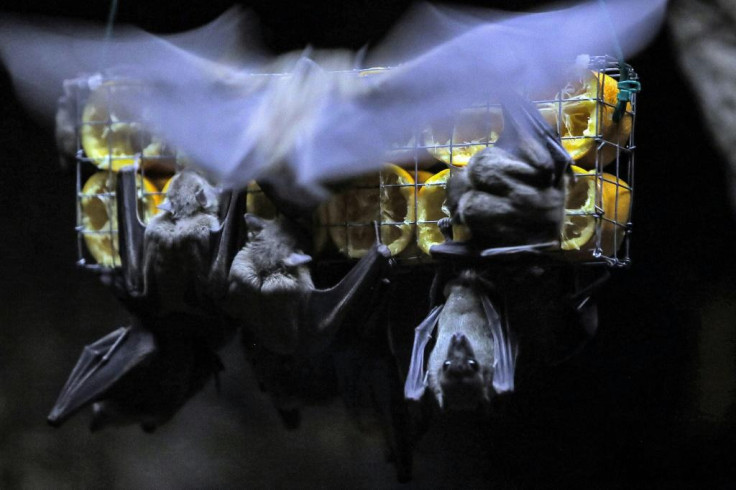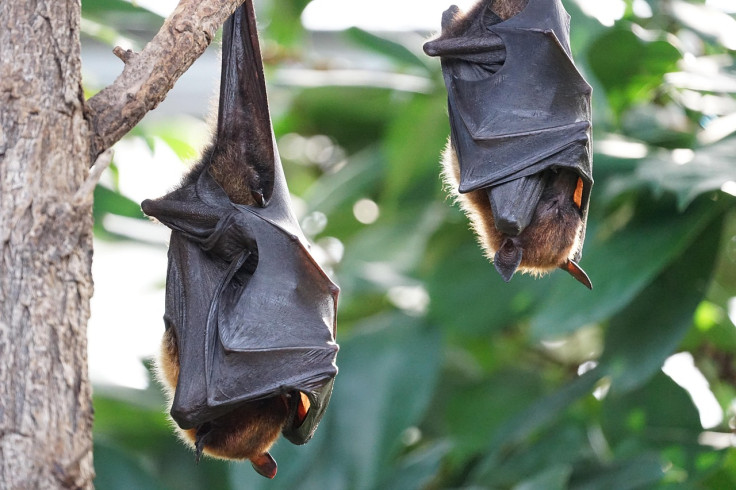What Is Lyssavirus Rabies? Symptoms, Origin — NSW on High Alert After First Death: Is This COVID 2.0?
NSW warns that even bats that appear healthy could be carrying the virus, and handling them without proper training and vaccination puts you at serious risk.

A man in his 50s from northern New South Wales has died after contracting Australian bat lyssavirus, marking the first known human fatality from the virus in the Australian state.
According to reports, the rare, rabies-like infection, which spreads from bats to humans through bites or scratches, has now triggered a public health alert across NSW.
While cases remain exceedingly rare, the virus's zoonotic origin and link to bats, the same suspected source as the early COVID-19 outbreak, have prompted experts to call for greater caution and public awareness. So what exactly is lyssavirus rabies, where did it come from, and how worried should the public be?
What Is Australian Bat Lyssavirus?
Australian bat lyssavirus (ABLV) is a member of the lyssavirus genus, which is the same group of viruses that includes rabies. Although ABLV is specific to Australia, the wider lyssavirus family is thought to have first evolved in bat species in the Palearctic region, covering parts of Europe and Asia. Over time, these viruses spread across continents, including to Africa, which now hosts the greatest diversity of lyssavirus types.

Like rabies, it affects the central nervous system and is almost always fatal once symptoms appear. It is carried by flying foxes and microbats in Australia and spreads through contact with infected saliva, typically via a bite or scratch. In some cases, contact with the eyes, nose, or mouth can also result in transmission.
While the virus is exceedingly rare in bats, with studies estimating a prevalence of less than 0.5%, health experts continue to urge the public to assume that any bat could carry the virus and to avoid handling them altogether.
What Are the Symptoms?
According to experts, symptoms of lyssavirus infection are similar to rabies and usually begin with flu-like signs such as headache, fever, and fatigue. Meanwhile, the illness can gradually lead to paralysis, delirium, convulsions and death.
The time between exposure and the onset of symptoms can range from days to years, depending on the individual and the nature of exposure. According to health experts, once symptoms begin, there is no effective treatment.
Is This COVID 2.0?
While there's no indication that lyssavirus could spark a global pandemic like COVID-19, the parallels between the two viruses are hard to ignore. Both have zoonotic origins, meaning they jump from animals to humans, and both are believed to have originated in bats.
If we dare to go back to 2020, one must remember that the first known COVID-19 cases were linked to a live animal market in Wuhan, with bats identified as the original host. Similarly, lyssavirus spreads through direct contact with bats, especially during human encroachment into their habitats.

While discussing the threats related to the condition, Dr Alison Peel, a veterinarian and wildlife disease ecologist at the University of Sydney, told The Sunday Morning Herald, 'We just need to be aware that we're encroaching on their habitat, and we need to be conscious of the consequences of that.'
How Can It Be Prevented?
The fear of another deadly animal-borne outbreak has prompted authorities in New South Wales to take action. And the key message from NSW Health is clear: do not handle bats. According to their media release, the department warns that even bats that appear healthy could be carrying the virus, and handling them without proper training and vaccination puts you at serious risk.
'This is a very tragic situation. The man had been bitten by a bat several months ago and received treatment following the injury. Further investigation is underway to understand whether other exposures or factors played a role in his illness,' Keira Glasgow, a Director in Health Protection at NSW Health, said.
According to NSW Health, more than 100 people in the state required medical assessment last year after being bitten or scratched by bats. Though human infections are rare, all previous Australian cases, now four in total, have been reportedly fatal.
However, experts warn that if frequent human-bat interactions are not avoided with caution, the trend is likely to increase the risk of such cases in the future.
© Copyright IBTimes 2025. All rights reserved.




















